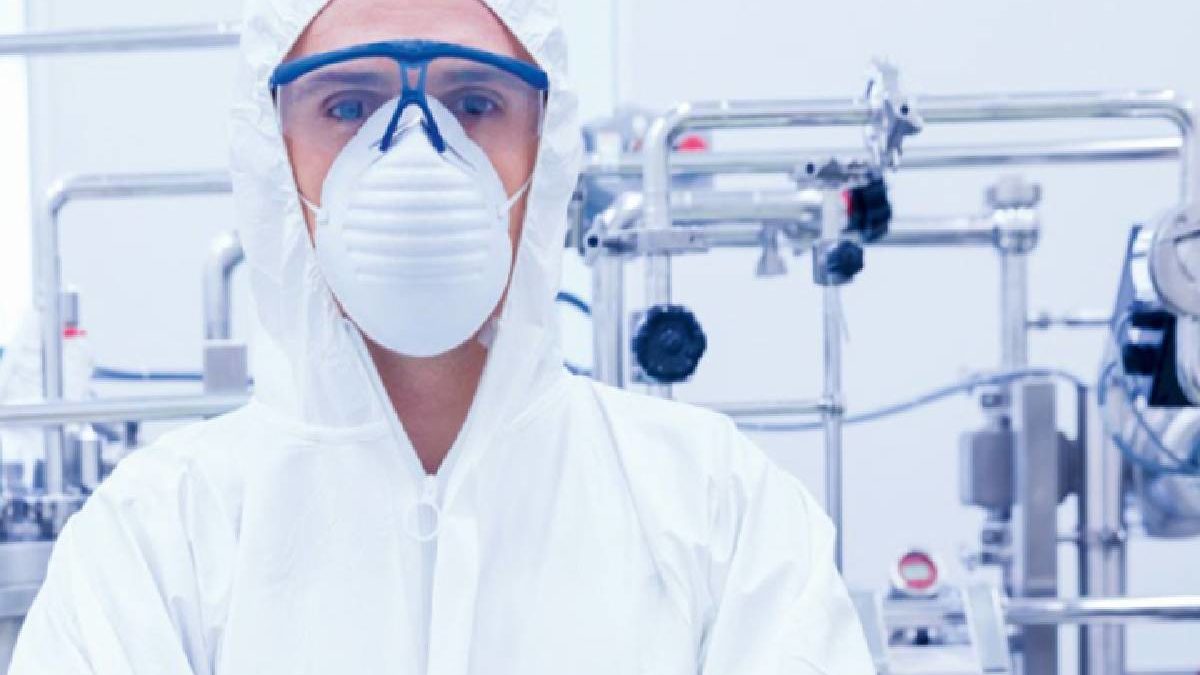When it comes to dealing with the global pandemic facing us, providing the right care, insight is essential. While highly trained medical professionals are struggling to find a solution to the problem, overstretched staff are struggling to make do with limited resources and managing an extremely challenging caseload.
What role do medical sensors play in fighting COVID, and why are companies like Sensoronics so vital when it comes to tackling the disease’s response?
What are the medical sensors?
Simply put, medical sensors are designed to capture information about a patient’s readouts and attached them while in a hospital bed, intensive care, or as part of a regular check-up. Where patients in the past would have to have their blood tested to monitor elements such as oxygenation – modern technology allows their levels to be monitored in finger clip sensors, soft sensors, disposable sensors, and more.
This helps save time, resources, and effort – all of which are in short supply in the current healthcare sector.
Why are they so important?
When it comes to tackling the issues surrounding COVID 19 – quality sensors are more important than ever before. One of the key risks posed by the disease is the risk of pneumonia, inflammation of the lungs that can result in loss of breath, and reduced oxygen levels entering the bloodstream. This can create the immediate problem of fluid pooling in the lungs and make it even more difficult for patients to fight off disease or existing complicating issues due to a lack of helpful oxygen in the blood.
This makes the disease particularly deadly for the immunocompromised, elderly, or those that are otherwise in poor health. Being able to track a patient’s oxygenation is vital in this case, as is a capacity for the system to act as an ‘early warning’ for patients that may otherwise be exhibiting symptoms that appear normal externally.
How is Sensoronics helping?
Sensoronics specialize in the production of sensor technology– the devices that help at all stages of the medical process. Specializing in the provision of medical oxygen sensors. These can non-invasively help staff members monitor patients over extended periods of time. This allows for the capturing of detailed patient history and picking up on emergency issues.
For many patients, low blood oxygen levels are an early warning sign of illness or oncoming issues. Being able to capture this allows for a rapid, informed response and helpful sensor data collection. This can then be fed into databases to learn more about the disease and help eliminate issues that arise from a lack of resources, observation bias, and other complications.

